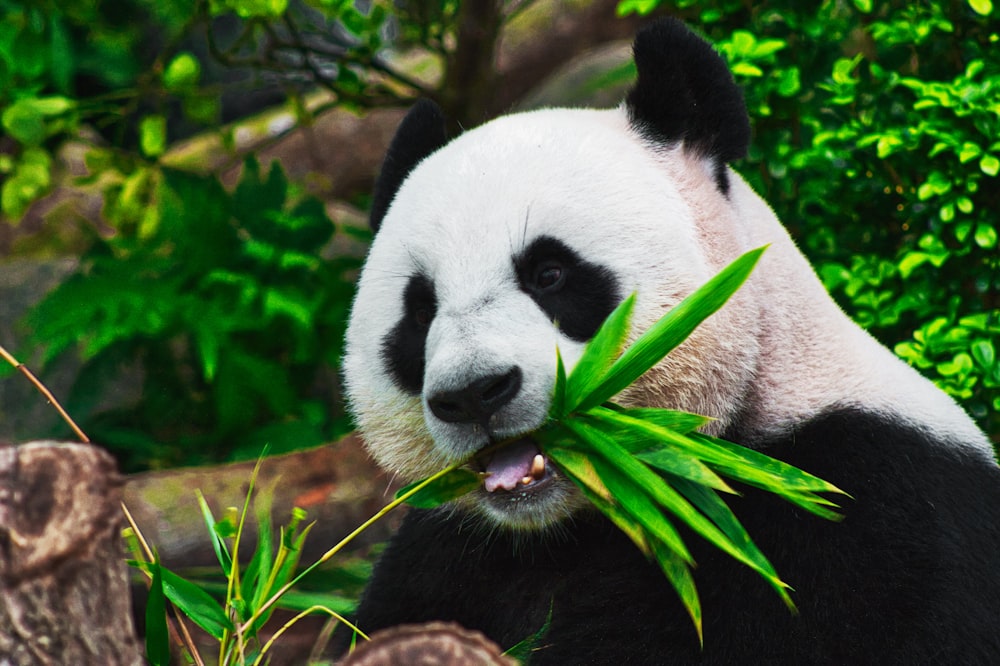Animal tissue- Animals moves in search of food, mates and shelter. They
requires more energy than plants and their most of tissues are living.
There are four types of animal tissues differentiated
on the basis of their function –
1.)
Epithelial tissue – It is the
covering tissue or we can also say it
protective tissue present in the animal body and this tissues are known
as epithelial tissues. This tissue covers many organs and cavities present in
the body and it also differentiated the body systems. Some locations of epithelial tissues present in are body,
like it is present in the lining of mouth, lining of blood vessels, kidney
tubules, lung alveoli it is all made up of epithelial tisues. Cells of this
tissue forms a continuous sheet and it almost have no intercellular spaces.
There are four different types of epithelial tissue-
a) Squamous epithelium- Where the transpotation
of substances take place through a selectively permeable surface like in lining
of blood vessels, in lung alveoli there is a simple flat kind of epithelium
present known as squamous epithelium.
b)Stratified
squamous epithelium- The epithelial cell of skin are arranged in many layers in
a pattern of layers to prevent it from wear and tear this epithelium is known
as stratified epithelium.
c) Cuboidal
epithelium- The lining of kidney tubules and ducts of salivary glands cuboidal
epithelium is present where it provides mechanical support.
d)Columnar
epithelium- The columnar epithelium
provides a facility of movement across the epithelial barrier. The
columnar epithelium also contain cilia , this are hair like projections on the
outer surface of epithelial cells present in the respiratory tract.
2.)
Connective tissue- The cells of
this tissue are loosely spaced and embedded in an intercellular matrix and this
matrix can be jelly like, fluid, dense or rigid.
Different types of connective tissue are-
a) Blood-
It has a fluid matrix called plasma and the plasma contains redd blood corpuscles, white blood corpuscles
and plaatelets are suspended in it.
b)Bone- It is
the strong and nonflexible tissue and the bone cells are embedded ina hard
matrix that is composed of calcium and phosphorus compounds.
c) Ligament-
It is the type of connected tissue
Which connects to bones to each other and this tissue is very
elastic. It contains very little matrix also
have considerable strength.
d)Tendon- It
is the type connected tissue which connects muscles to bones. It is a fibrous
tissue with great strength but it has limited flexibility.
e) Cartilage- It smoothens the bone surfaces at
joints and it is present in the nose,
ear, trachea and larynx also.
f)
Areolar- This connective tissue
perrforms more than one function it fills the space inside the organs supports
the internal organ and also helps in the repair of tissues.
g) Adipose- This the fat storing tissue found
below the skin and between internal organs.
3.)
Muscular tissue- It is the tissue
which is responsible for the movement in our body. This tissue consists of
elongated cells which are also known as muscle fibres. The movement produced by
this tissue is caused contraction and relaxation of a special protien known as
contractile protien.
This is of three types-
a) Striated muscle- The muscles which show
alternate dark and light band or striations when stained appropriately is
called striated muscle.
b)Smooth muscle- The movement of food in the alimentary canal
or the contraction and relaxation of blood vessels are controlled by smooth
muscles.
c) Cardiac muscle- The rhythmic contraction and relaxation of
heart throughout life is controlled by the controlled cardiac muscle.
Nervous tissue- The cells of this tissue are highly specialised for stimulating and the transmitting the stimulus very rapidly in the body from one place to another. Nervous tissue is present in the spinal cord, nerves and brain. The cells of this tissue are called neurons. Neuron consists of cell body with a nucleus and cytoplasm and it has long hair- like parts arised.Signal that passes through the nerve fibre is known as impulse.



